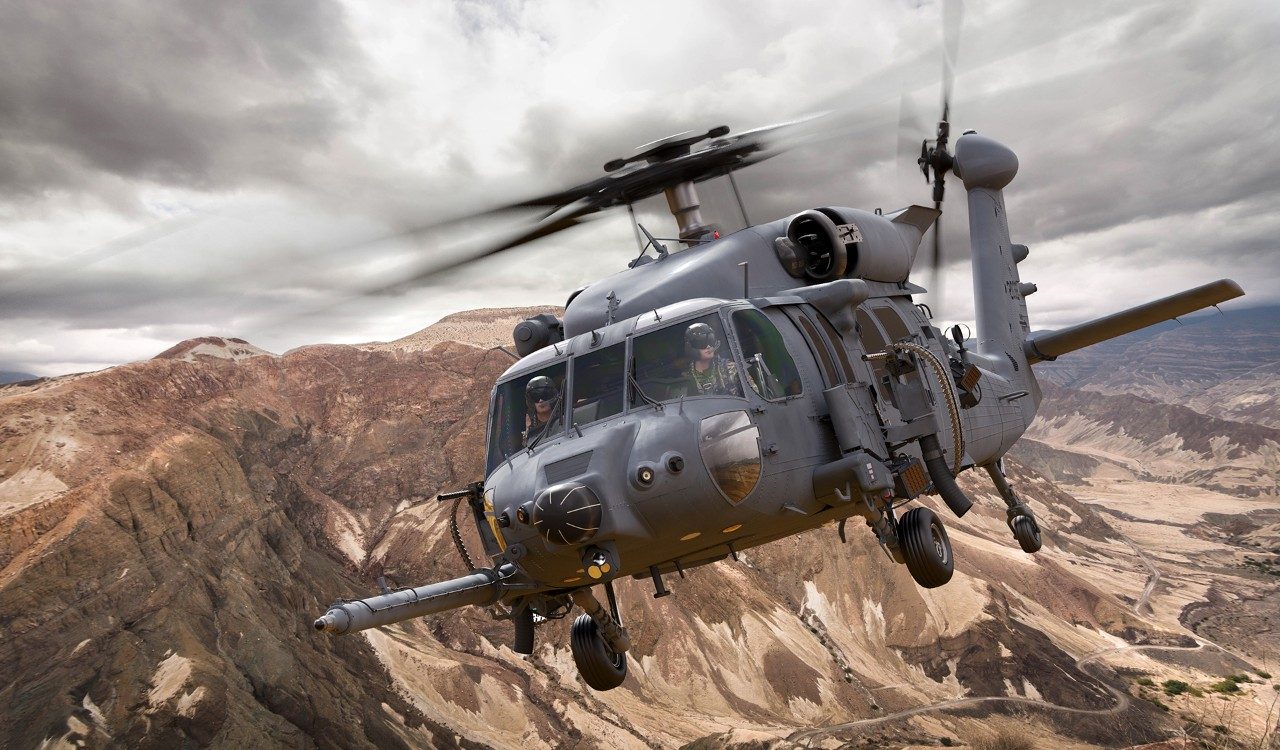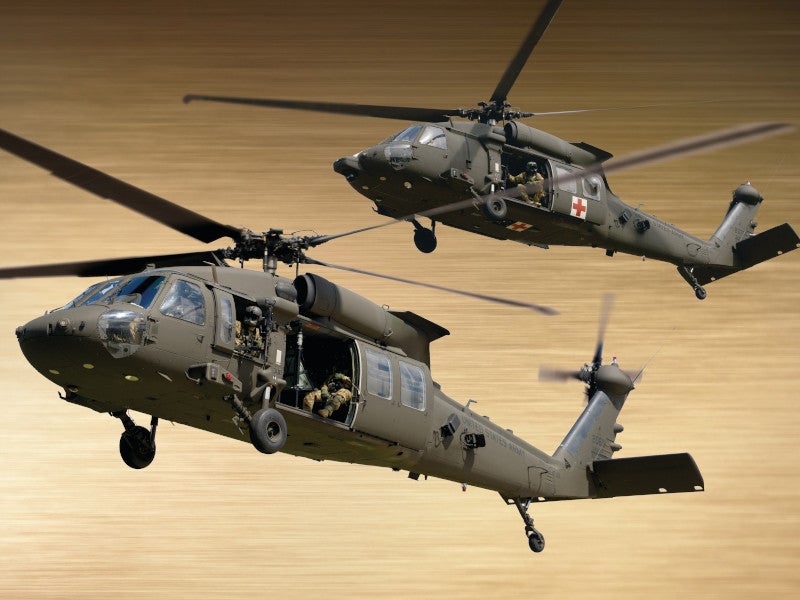Background and Development of the UH 60 Black Hawk Helicopter
Background and Development of the UH 60 Black Hawk Helicopter
Blog Article
Discovering the Ingenious Technology Behind Aircraft Style and Design
The field of aircraft layout and design is seeing a transformative change driven by innovative technologies that improve performance, performance, and sustainability. Advanced products such as carbon fiber composites and titanium alloys are setting new criteria, while aerodynamic innovations and fabricated knowledge are simplifying procedures and improving results. As the market grapples with the obstacles of environmental duty, advancements in sustainable aeronautics technologies promise to improve the future. Nevertheless, the effects of these improvements extend beyond efficiency metrics; they may redefine the actual nature of flight. What might this suggest for the sector as a whole?
Advanced Products in Aircraft Design
Exactly how can the assimilation of advanced materials transform airplane layout? The unification of advanced products, such as carbon fiber compounds, titanium alloys, and advanced porcelains, plays a critical role in improving aircraft efficiency and effectiveness. These products supply remarkable strength-to-weight ratios, enabling suppliers to minimize overall aircraft weight without compromising structural stability. This decrease in weight directly adds to enhanced fuel effectiveness and raised haul capability.
Additionally, sophisticated products display improved resistance to rust and exhaustion, leading to reduced upkeep costs and extensive service life. The use of titanium in crucial components aids stand up to extreme temperatures and anxieties, while carbon fiber compounds offer versatility in style and manufacturing processes. This flexibility permits more aerodynamic shapes, adding to remarkable efficiency features.
Additionally, the integration of clever materials, which can change properties in feedback to outside stimulations, opens up brand-new methods for adaptive systems in airplane style. uh 60. These innovations guarantee not only to improve safety and functional performance but likewise to add to sustainability efforts by reducing environmental effect through decreased exhausts. In recap, advanced products are redefining the landscape of airplane style, leading the way for extra efficient, sturdy, and environmentally pleasant aeronautics remedies
Aerodynamic Technologies for Efficiency
Wind resistant innovations play an essential duty in enhancing airplane effectiveness, significantly affecting fuel consumption and general efficiency. Advances in airfoil style, such as the intro of supercritical wings, enable optimized lift-to-drag ratios, lowering drag at transonic rates. These technologies allow aircraft to keep greater speeds with lower fuel expense, directly influencing operational expenses and ecological sustainability.
In addition, the assimilation of winglets has verified reliable in minimizing vortex-induced drag at the suggestions of wings, further enhancing fuel performance - uh 60. This layout modification causes a decrease in wake disturbance, adding to boosted aerodynamic efficiency throughout cruise conditions

Moreover, computational fluid dynamics (CFD) devices have actually changed the testing and refinement of wind resistant forms, permitting precise simulations of airflow around aircraft (uh 60). This allows engineers to introduce constantly, guaranteeing that contemporary aircraft not just satisfy regulatory criteria however also press the limits of efficiency in air travel

Role of Computer Simulations
Computer simulations have actually ended up being more tips here an indispensable tool in the area of aircraft style, making it possible for designers to perform comprehensive analyses and optimizations of numerous style facets. These simulations permit the virtual screening of aerodynamic buildings, structural integrity, and efficiency metrics long prior to physical prototypes are constructed. By employing computational fluid characteristics (CFD) and limited element analysis (FEA), designers can forecast how air streams around the airplane and just how different materials will certainly react to stress and pressure.
Furthermore, computer system simulations help with the expedition of a wide range of variables and situations, accelerating the design procedure and minimizing costs related to physical screening. This ability not just boosts the precision of forecasts regarding aircraft behavior yet likewise supplies insights into prospective style renovations that could not be immediately apparent through conventional techniques.

Furthermore, simulations aid guarantee compliance with stringent safety regulations by allowing engineers to recognize and fix possible concerns early Visit This Link in the layout stage. The assimilation of simulation modern technologies right into the airplane layout procedure emphasizes the considerable improvements in engineering methods, ultimately adding to the growth of more secure, a lot more efficient, and eco-friendly airplane.
Artificial Intelligence in Design
Expert system (AI) is changing the engineering landscape, especially in airplane design, by enhancing and boosting decision-making processes style operations. Via artificial intelligence algorithms, AI can assess vast datasets, uncovering patterns and insights that notify style choices and boost total efficiency.
AI applications in aircraft design include generative layout, where formulas create numerous design alternatives based on specified specifications, permitting engineers to examine a more comprehensive array of opportunities. This not only increases the design stage however also guarantees that the final items meet rigid efficiency and security requirements.
In addition, AI-driven predictive analytics help with maintenance organizing by evaluating historical data and predicting potential failures. This aggressive method decreases downtime and enhances aircraft reliability.
In addition, AI help in simulation and modeling, making it possible for designers to evaluate styles under different problems without the demand for physical prototypes. This ability shortens development timelines and reduces costs linked with typical screening approaches.
Sustainable Aviation Technologies
How can the aeronautics market successfully balance growth and environmental duty? The solution hinges on the fostering of lasting air travel modern technologies that prioritize performance and minimize carbon discharges. Advancements such as sustainable aviation gas (SAFs), which are obtained from eco-friendly sources, have become an essential element in attaining reduced lifecycle discharges. SAFs can considerably decrease the carbon footprint of trips, making them a sensible option to traditional jet gas.
In addition, developments in airplane design, such as the advancement of lighter materials and even more aerodynamically efficient forms, add to enhanced gas efficiency. Electric and hybrid propulsion systems are likewise obtaining traction, using a pathway to decrease dependence on nonrenewable fuel sources and lessen greenhouse gas exhausts.
The integration of these innovations is supported by regulative structures and industry partnerships targeted at establishing ambitious sustainability targets. Additionally, electronic devices like data analytics and synthetic knowledge can maximize flight procedures, additionally boosting fuel performance. By accepting lasting methods and technologies, the aviation market can not just fulfill the expanding need for flight yet also play a critical function in dealing with climate adjustment, making certain a more sustainable future for air transportation.
Conclusion
The convergence of sophisticated materials, wind resistant technologies, and innovative technologies notes a substantial development in airplane layout and click here to find out more engineering. The integration of carbon fiber compounds, titanium alloys, and AI-driven processes not just improves performance and performance however also simplifies process and anticipating maintenance.

Computer simulations have come to be an important device in the area of aircraft design, enabling engineers to carry out comprehensive evaluations and optimizations of numerous layout facets.The convergence of advanced materials, wind resistant advancements, and sophisticated innovations notes a significant advancement in aircraft design and engineering.
Report this page